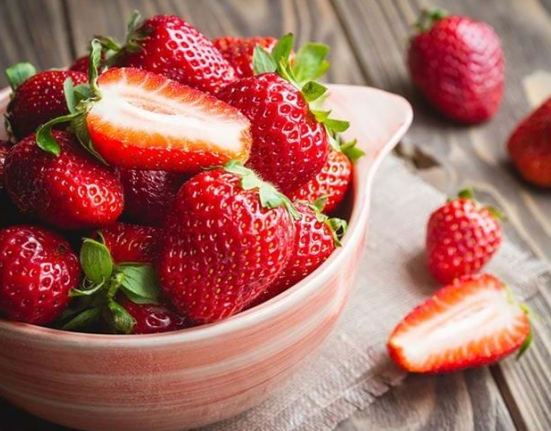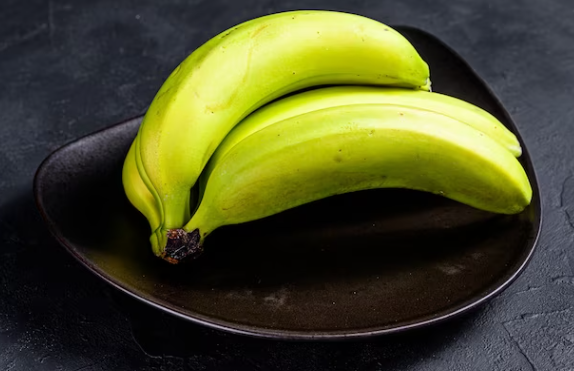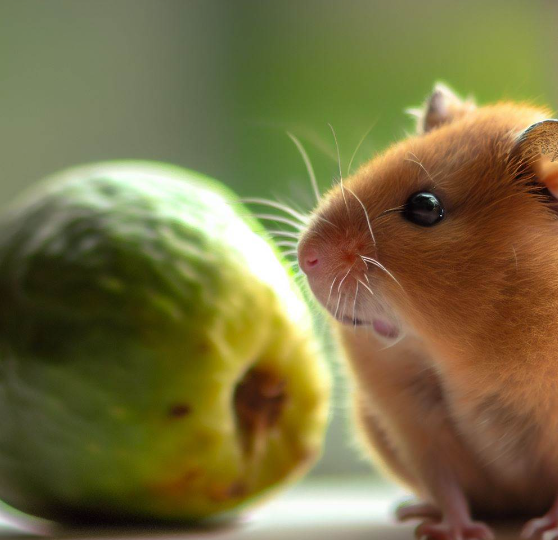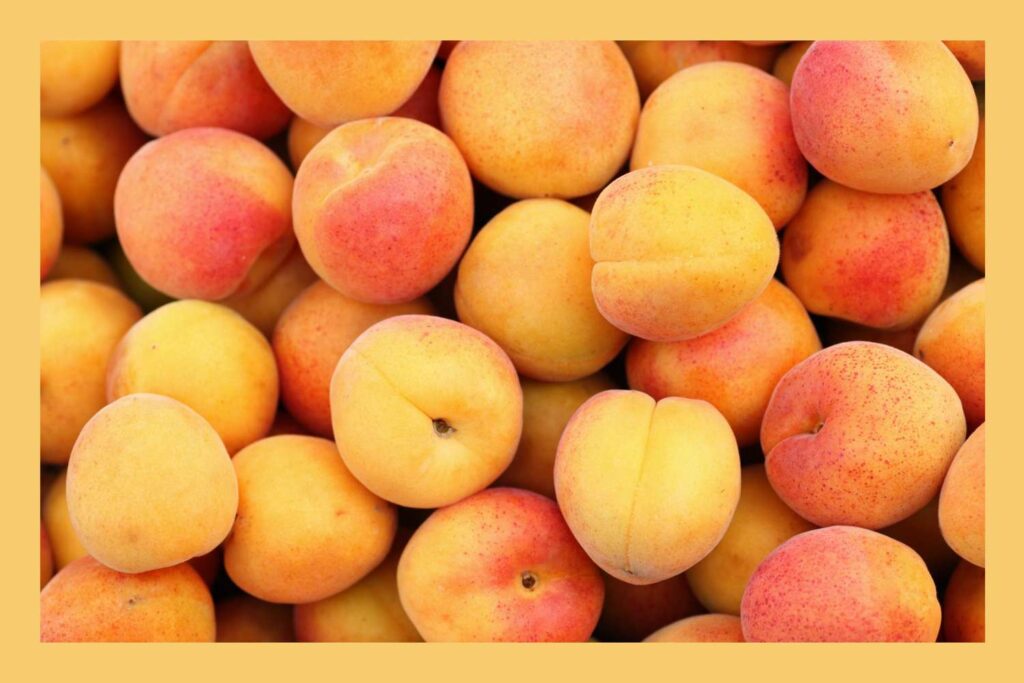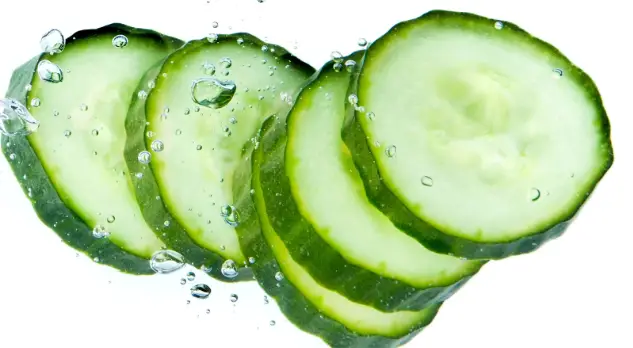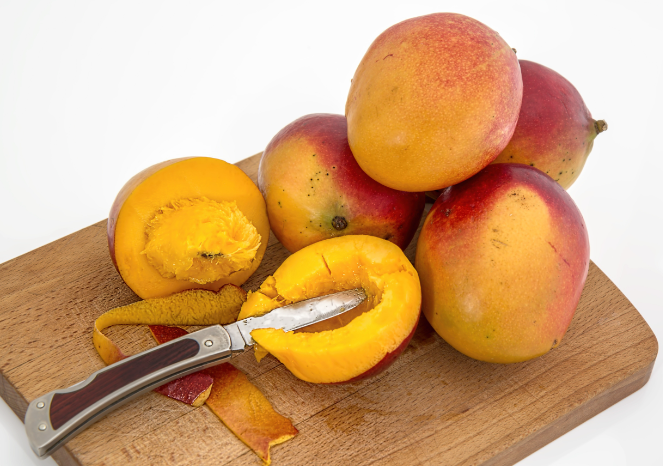Mangoes are delicious fruits loved all over the world. They are sweet and juicy, with bright colors that make them look so tempting. Many people think mangoes are a kind of berry, but they’re actually not. There are certain rules that a fruit must follow to be called a true berry, and mangoes don’t fit these rules.
Table of Contents
- What Makes a Berry a Berry?
- 1. A Thin Layer Around the Seeds
- 2. The Whole Ovary Becomes the Fruit
- 3. More Than One Seed
- 4. No Segments Inside
- 5. They Stay Closed When Ripe
- Reasons Mangoes Are Not Part of the Berry Family
- 1. They Have a Big Seed and Chewy Flesh
- 2. Skin Comes from Different Flower Parts
- 3. Just One Big Seed
- 4. Divided Inside by Strands
- 5. They Open Up When They’re Ripe
- Spotting the Differences Between Mangoes and Berries
- The Thickness of the Fruit Skin
- How the Seeds Are
- Where the Fruit Comes From
- Inside the Fruit
- What Happens When They’re Ripe
- The Real Nature of Mangoes
What Makes a Berry a Berry?
In science, a berry is a fruit that grows from one flower with one ovary and has seeds inside soft flesh. The outside part of the berry that we eat is thin but strong.
Berries have these important features:
1. A Thin Layer Around the Seeds
Berries have a thin layer, called the pericarp, all around the seeds. There is no hard outer layer to find in berries.
2. The Whole Ovary Becomes the Fruit
Real berries grow only from the ovary of the flower. Nothing else from the flower becomes part of the fruit.
3. More Than One Seed
Berries have lots of seeds inside them, and each one comes from its own part of the flower’s center, called the pistil.
4. No Segments Inside
Inside a berry, it’s just one big space with seeds and soft stuff, not split into sections.
5. They Stay Closed When Ripe
When berries are ready to eat, they do not open up. They stay whole with the seeds safe inside.
Reasons Mangoes Are Not Part of the Berry Family
If we look closely, we can see that mangoes are missing some of the parts that make a berry a berry:
1. They Have a Big Seed and Chewy Flesh
The flesh of a mango is thick and stringy, not like the skin of a berry. In the middle, there is a big, hard seed that has a tough outer part protecting the actual seed inside.
2. Skin Comes from Different Flower Parts
The outside skin of a mango is made not just from the ovary, but also from other parts of the flower, like the sepals and petals. Berries only use the ovary to make the whole fruit.
3. Just One Big Seed
Mangoes don’t have many seeds; they really just have one big seed inside that hard center.
4. Divided Inside by Strands
Inside a mango, there are parts separated by stringy bits coming from the big seed in the middle, which is different from berries that don’t have any divides inside.
5. They Open Up When They’re Ripe
When mangoes are fully ripe, they can sometimes crack or split away from the big seed. Berries don’t do this, even when they’re ready to eat.
Spotting the Differences Between Mangoes and Berries
Even though they may look a bit alike at first glance, mangoes and berries are very different when you get to know them better. Here are some ways to tell them apart:
The Thickness of the Fruit Skin
- Mango – Has a tough, chewy outer layer
- Berry – Outer part is thin and soft
Mangoes have an outer skin that’s much thicker than the delicate one you find on berries.
How the Seeds Are
- Mango – Just one seed inside a solid middle part
- Berry – Lots of small seeds spread out in the flesh
A mango has a single seed, while berries have many little seeds throughout the fruit.
Where the Fruit Comes From
- Mango – The outside part grows from the ovary and other parts of the flower
- Berry – The whole fruit comes just from the ovary
Berry skins are all from the ovary, but mango skins also include bits of the flowers.
Inside the Fruit
- Mango – Has sections split by fibers
- Berry – No internal segments, just one soft space
Mangoes have strings inside that make different areas, but berries are just the same all the way through inside.
What Happens When They’re Ripe
- Mango – Can split and fall apart from the seed
- Berry – Keeps its shape with seeds inside even when ripe
Ripe mangoes may split open, but berries stay whole with the seeds inside when they are ready to eat.
Mangoes really show that they’re different from berries in many ways, from how they’re built to how they grow. That’s why they’re not considered berries by scientists. Instead, as we look closer, we see that mangoes are actually a type of fruit called a drupe.
The Real Nature of Mangoes
Mangoes belong to a group of fruits called drupes. Drupes have soft flesh and a skin outside but are different because they have a stone in the middle with a seed. Other drupes you might know are peaches, plums, cherries, olives, and coconuts.
Mangoes start as small green fruits and then slowly get bigger. As they ripen, they turn firm and a bit soft, then when they’re ready to eat they become soft, sweet, and very juicy. The flesh changes from being like a potato to being really yummy and flavorful.
When mangoes are mature, they split away from the seed. They then fall to the ground. Animals love to eat the tasty flesh and help to move the seeds to new places when they eat them.
Even though they might trick some people into thinking they’re berries, mangoes are quite different. Their big stone, chewy flesh, and the way they open up tell us they’re not berries at all but their own special kind of fruit—a drupe.
